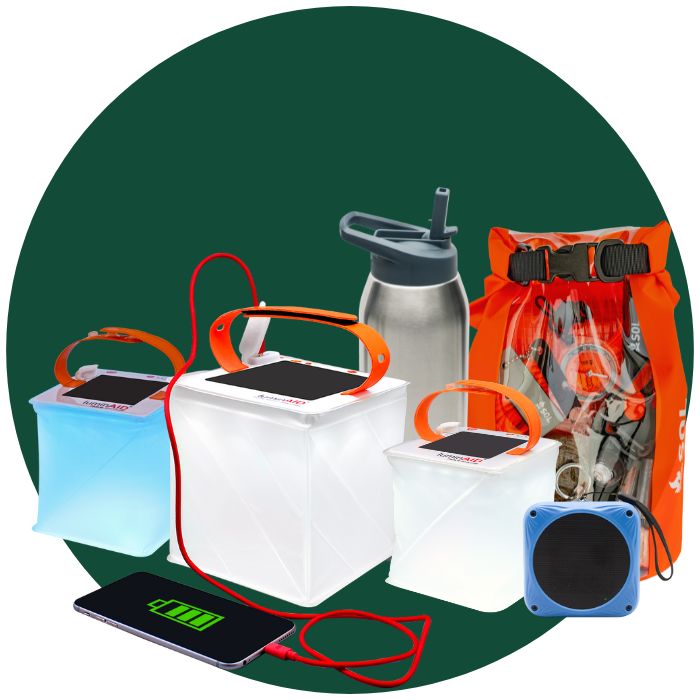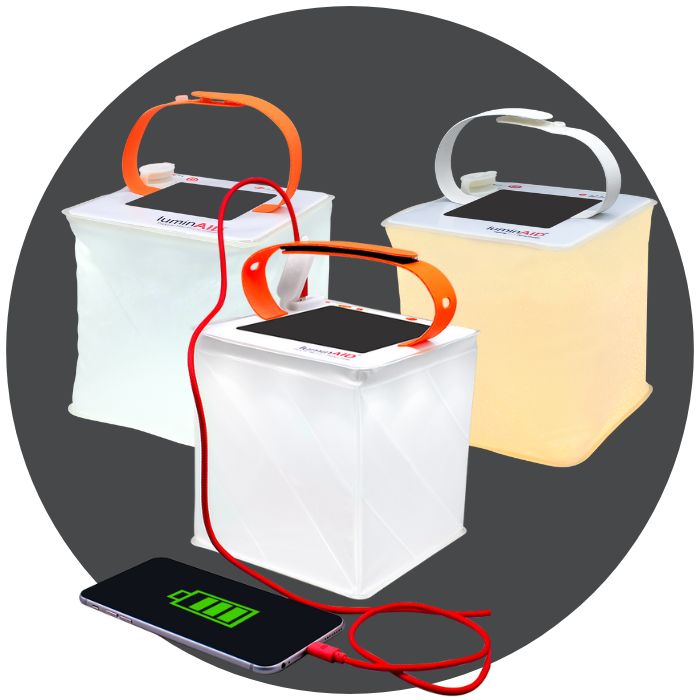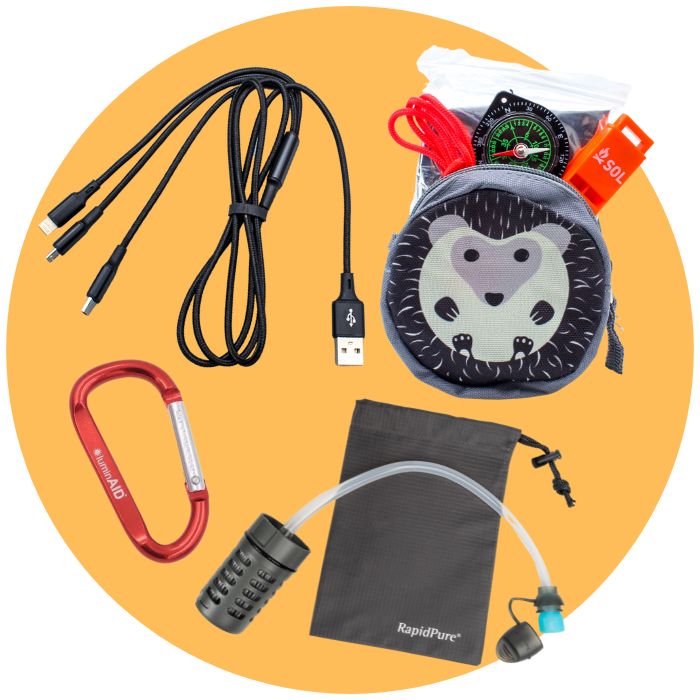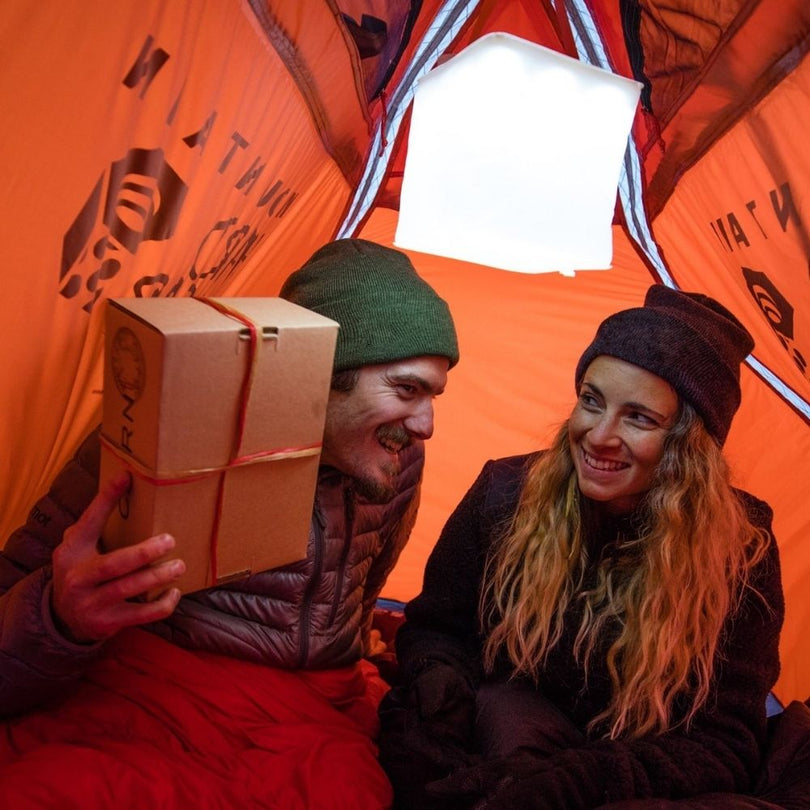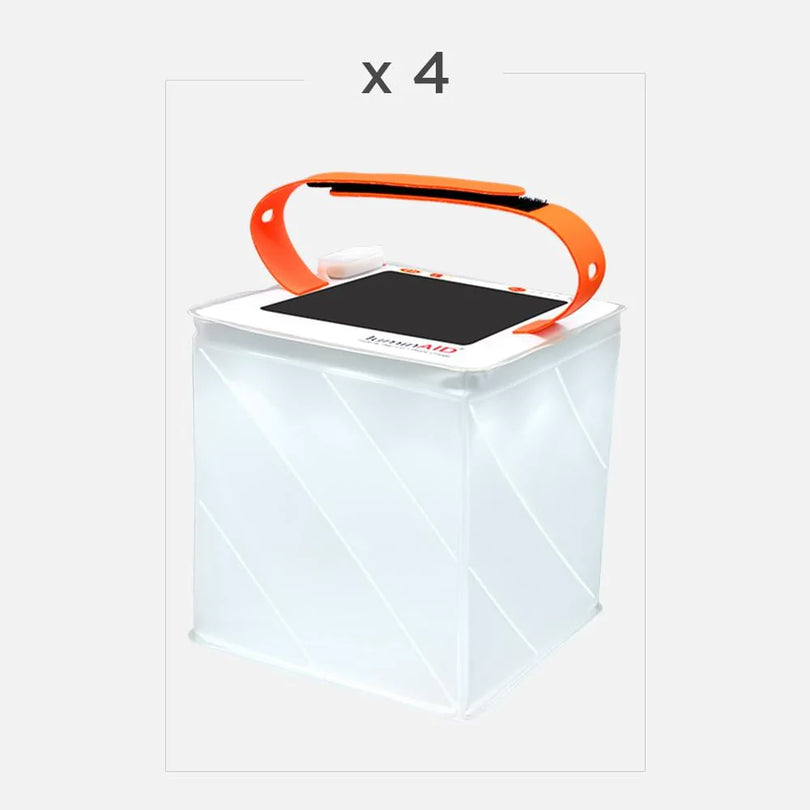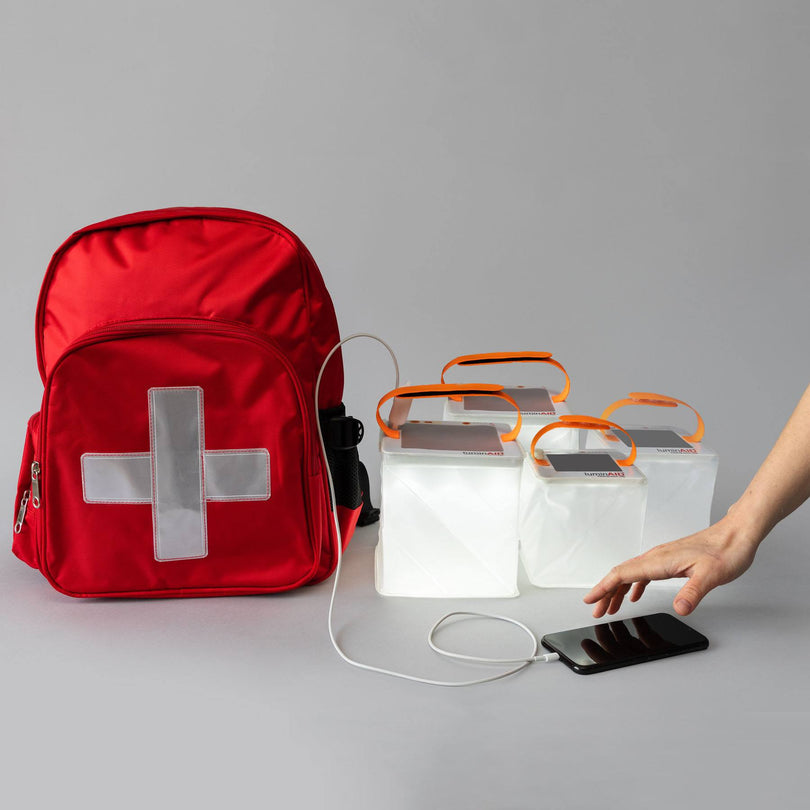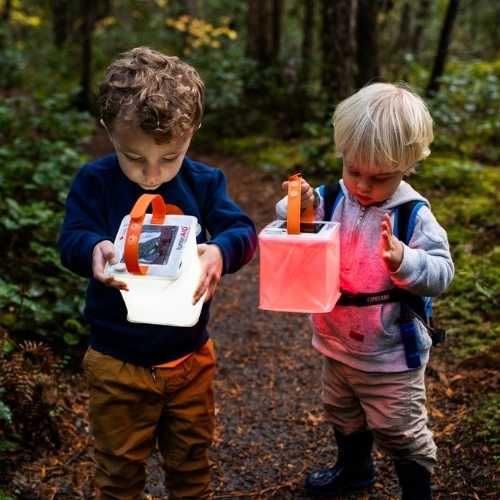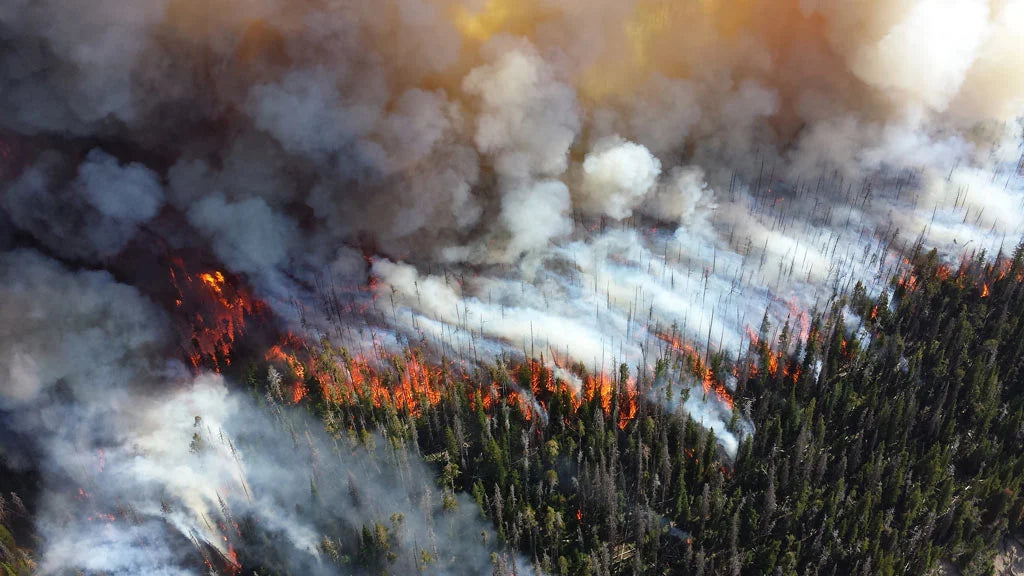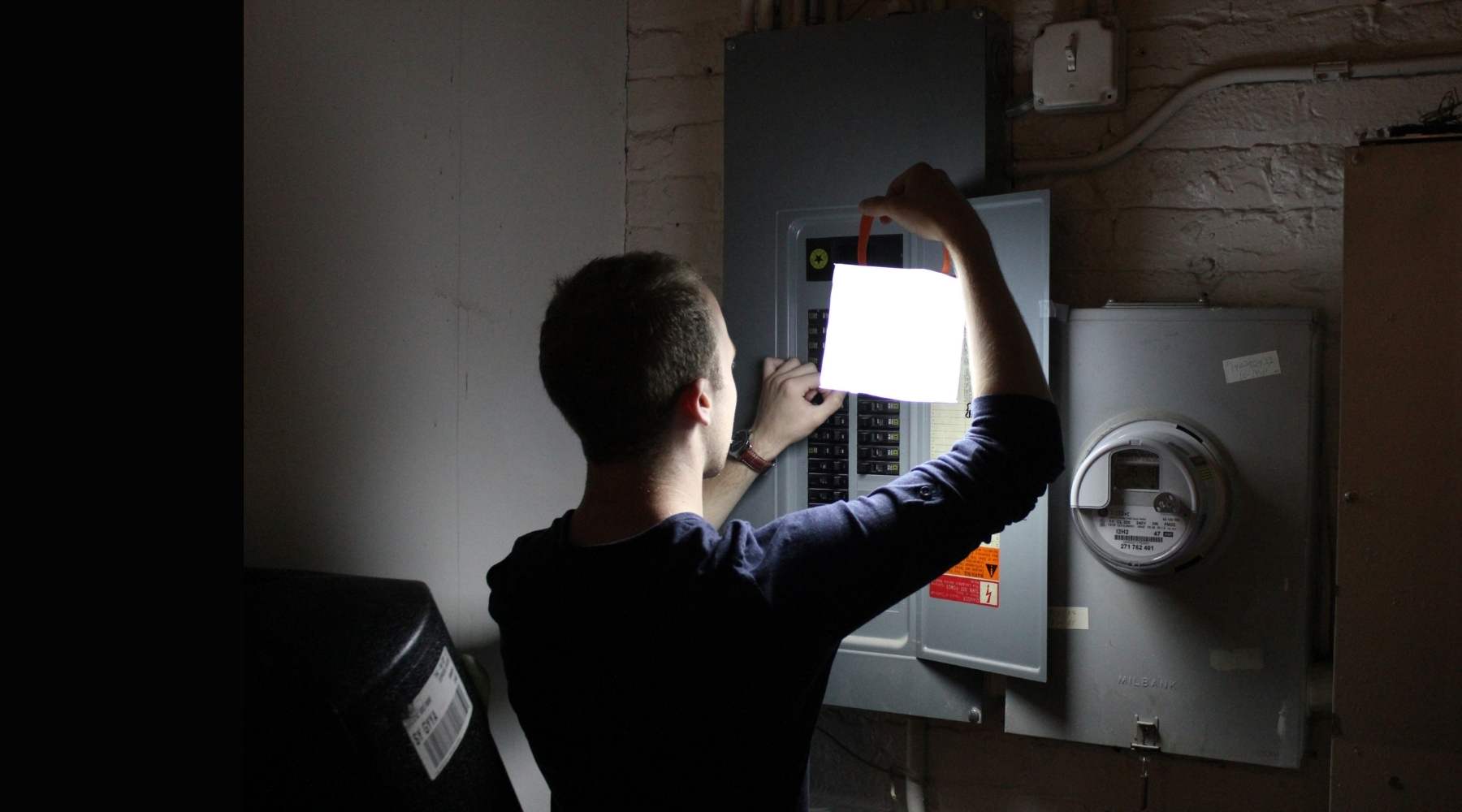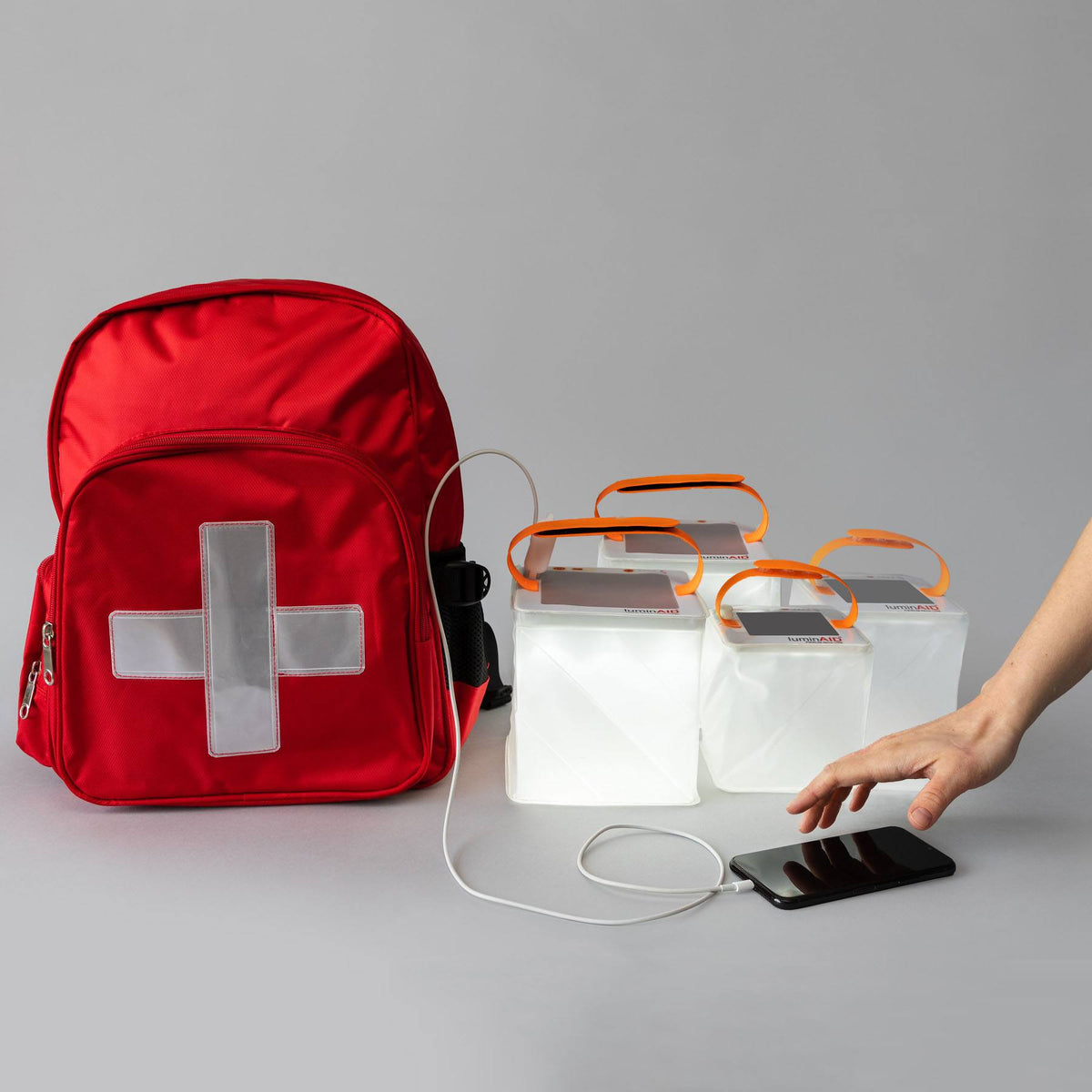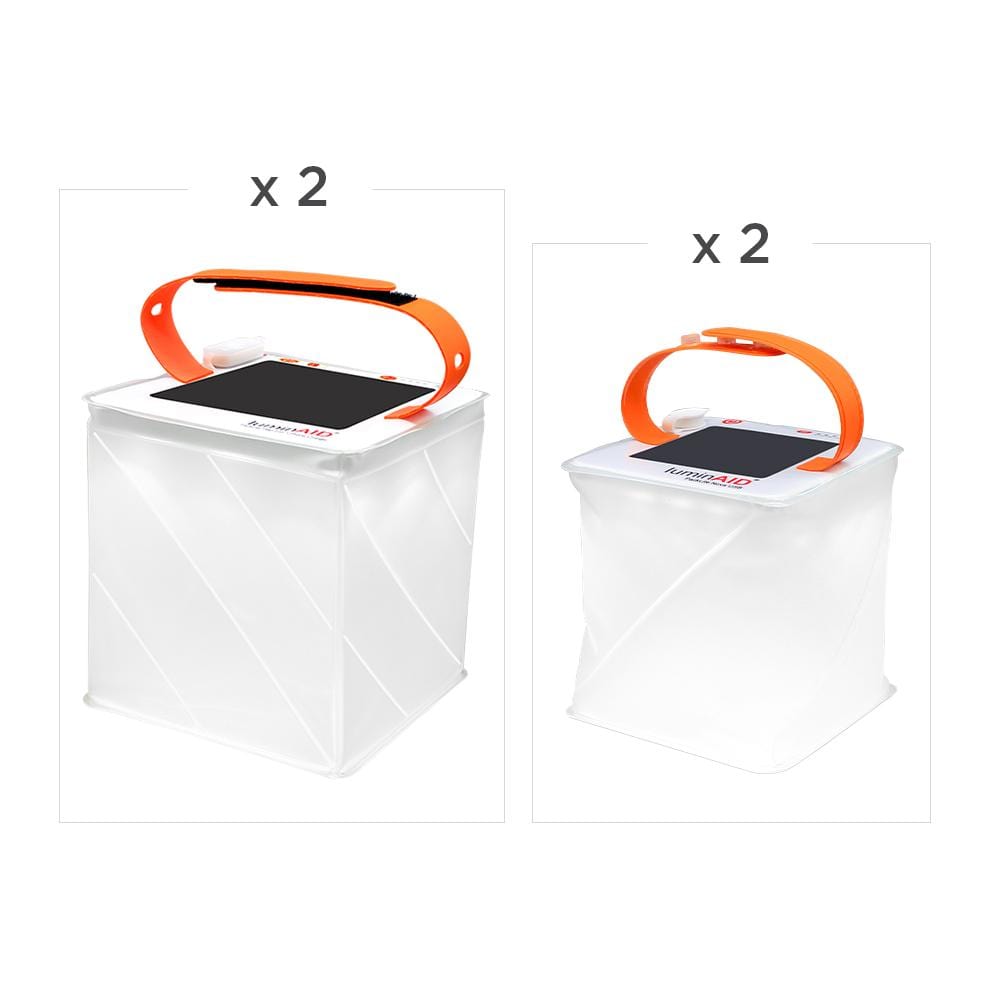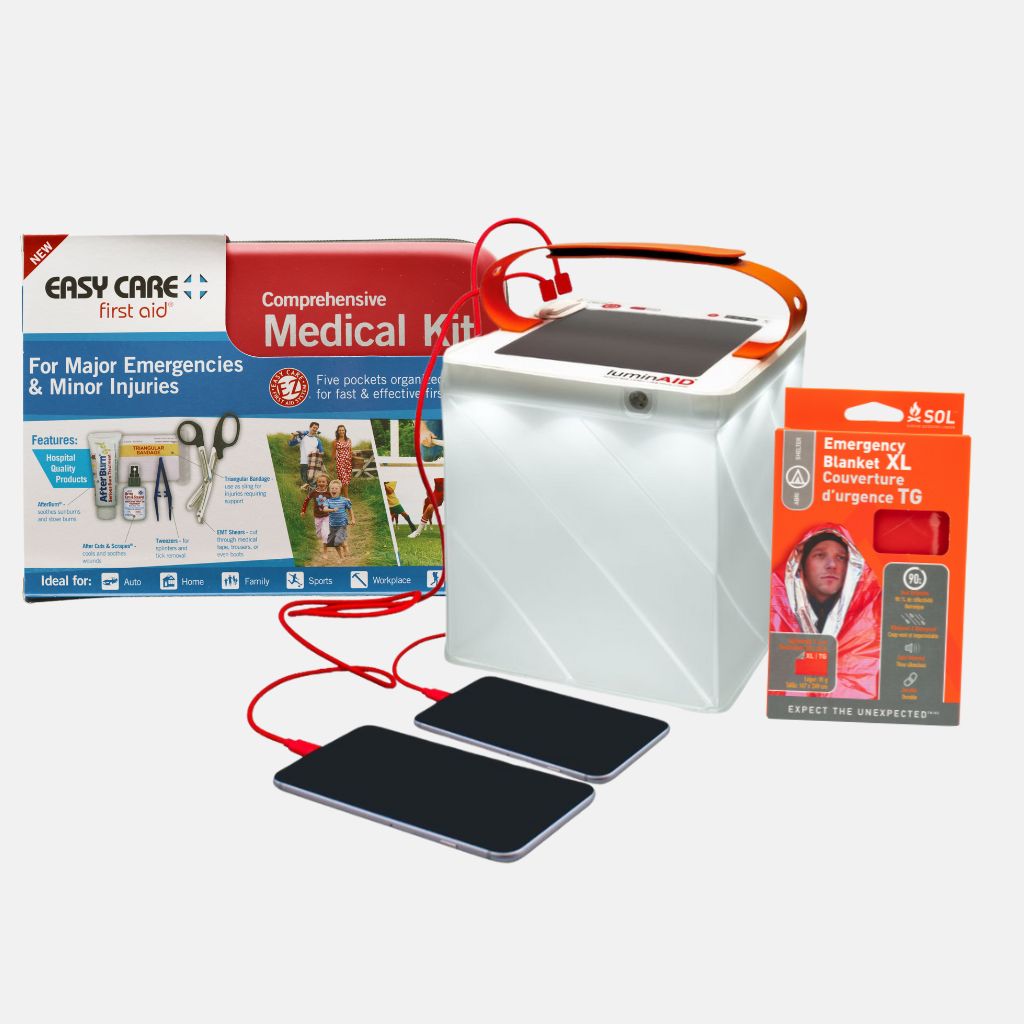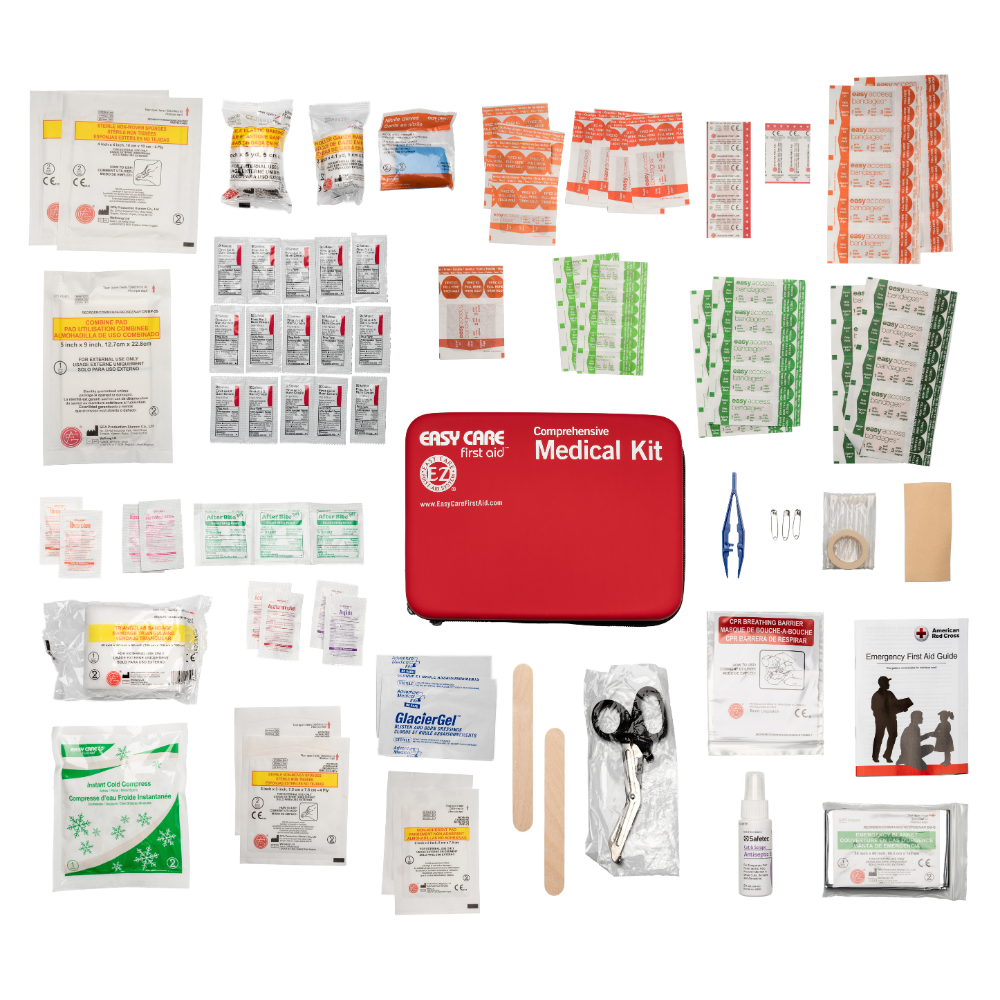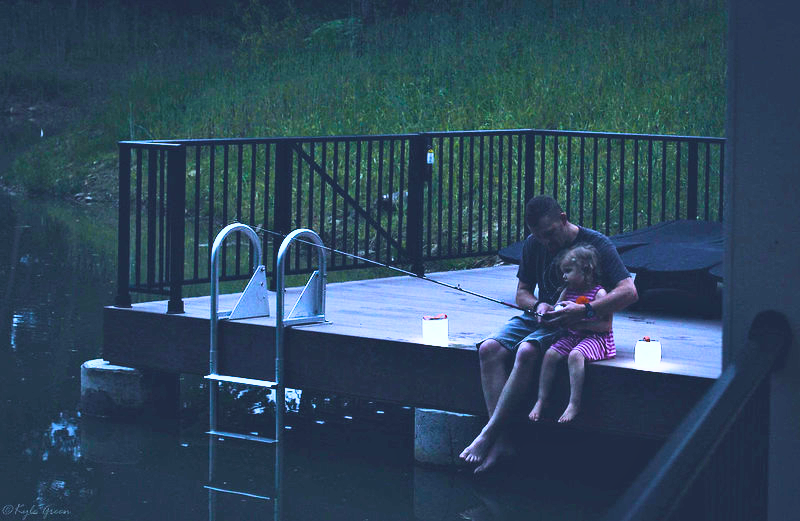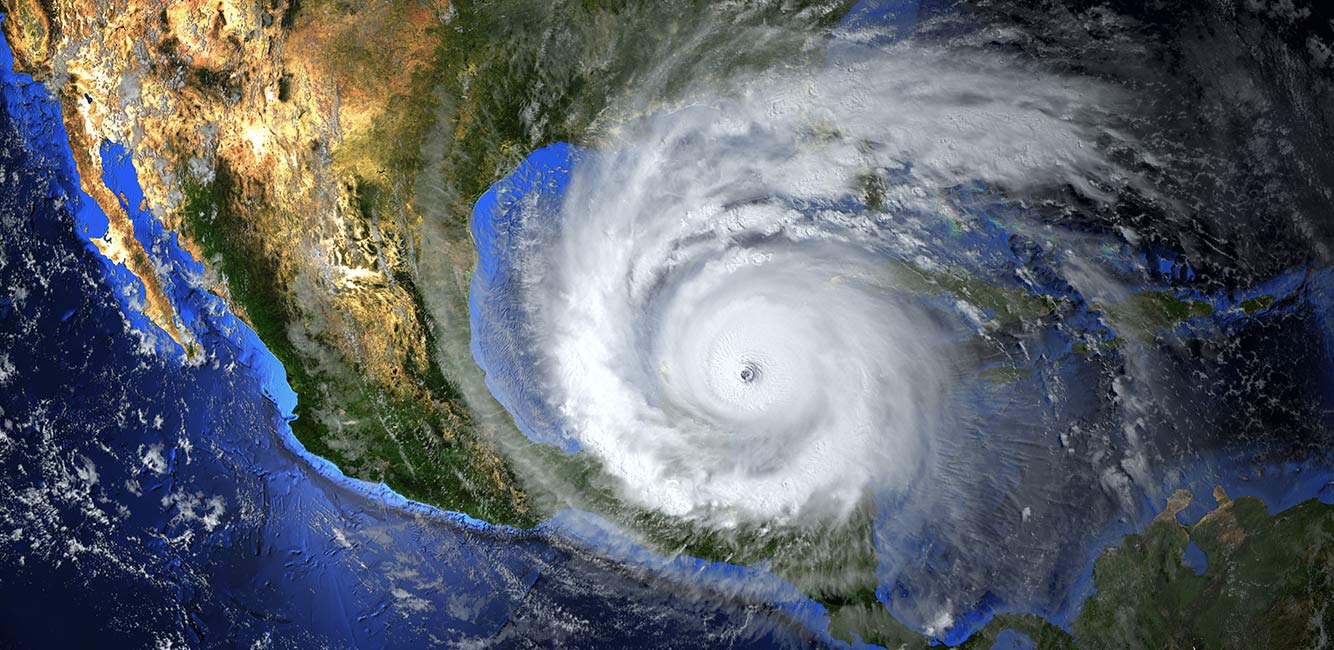Throughout recent years, there have been multiple wildfire alerts across the West coast from BC in Canada down to California. As a result, a large number of people have been impacted by poor air quality, lost power, had to evacuate, or lost their homes due to fire.
What would you do if you needed to evacuate your home due to a wildfire? Are you truly prepared for such an event? If you live in an area that is at risk for wildfires, it’s important to have a plan in place!

Not only is it important to have an evacuation plan, it’s integral that you do some research to better understand the situations you may face.
This article includes having a firm understanding of what a wildfire is, how to tell wildfire alerts apart, and how to efficiently prepare for an evacuation in the case of a wildfire. With this evacuation list at hand, you will be far more ready for such an event.
What is a wildfire?
A wildfire is an uncontrollable, destructive fire that spreads quickly over land covered with trees or brush.
Why is it important to act quickly?
Wildfires often do not come with much warning, and spread incredibly quickly, especially in dry areas.
Preparing for an evacuation should begin before there is any danger. In a stressful situation, it will be easier to respond if you have already made a plan and prepared a go-bag. Learning about the risks and planning in advance can help you act fast and protect you against the destructive impacts of wildfires.
Here are some of the most important facts you’ll need to know to prepare for and survive wildfires.
Understand wildfire alerts
In order to survive wildfires, we must first be aware of the common alerts wildfires are associated with. Here are some that you should take note of.
Red flag warning
A Red Flag Warning basically means warm temperatures, very low humidities, and stronger winds are expected to combine to produce an increased risk of fire danger.
Most people confuse this warning with a “Fire Weather Watch”, but when a Fire Weather Watch is initiated, individuals have more time. A Fire Weather Watch is issued when weather conditions could exist in the next 12-72 hours, while a Red Flag Warning is issued for extreme fire behavior that can occur within 24 hours.
The Red Flag Warning is important to know as it alerts people to be extremely cautious and take the necessary steps to prevent wildfires.

Extreme fire warning
An Extreme Fire Warning is the highest level a fire warning can go. If a Red Flag Warning is presented and the level is described as extreme, this indicates that fires will start quickly, spread furiously, and burn intensely.
This warning means that development into high intensity burning will usually be faster and even occur from smaller fires. Every fire start has the potential to become large at this point.
Fire restrictions are in effect at this extreme level. Absolutely no outdoor burning should take place in areas with extreme fire warnings.
Evacuation
Even with these warnings put into effect, wildfires still happen and in the event of a wildfire, evacuation warnings are then announced.
When your local RFD initiates an evacuation warning, this implies that your area is at risk, and there is a potential threat to your life and/or property. You are not supposed to leave immediately but should be prepared to evacuate if the conditions worsen.
An Evacuation Order is when there is an immediate threat to life and your area is now lawfully closed to the public and you must leave. Take note of these differences!
What are the 5 P's of evacuation?
Evacuating your home due to wildfire is terrifying and emotional. While your safety and your family's safety are most important, there are things you can do before evacuating that can help yourself and the firefighters.
Instead of running around your home wondering what else to grab other than clothes, remember the 5 P’s of evacuation when it comes time to clear out.
- People
- Prescriptions
- Papers
- Personal Needs
- Priceless Items
These 5 P's could look like this:
People include your family/roommates and of course, pets.
Prescriptions can be specific medications, like a c-pap machine, or even glasses.
Papers could be a thumb drive, or important documents like health and home insurance.
Personal needs could include a change of clothes, dog food, phones, and chargers.
Priceless items are last on the list for a reason. It should be considered if you have the time. If there is something irreplaceable like a certain photograph, book or a wedding ring, go ahead and grab that too.
Overall, you should keep a list of these 5 P’s in a place where you can always see it (like on the inside of a kitchen cabinet). That way, you know where it is and it can help you save valuable time and stress.
Wildfire Evacuation List
Along with the list of the 5 P’s, a wildfire evacuation checklist is also essential. The wildfire evacuation checklist is a little more specific and will ensure you don’t forget critical steps that can save your home and your loved ones.
Have a Go-Bag Ready
Having a go-bag ready is the least you can have when located in wildfire territory. If you have to evacuate, things will likely be a little hectic.

Prepare a fire evacuation go-bag ahead of time and keep it in a place where you can grab it at a moment’s notice, without having to worry about what to pack. Key items to consider include:
-
Cash, documents
Documents could include your insurance policy, bank records, birth certificates, medical records. Driver’s license, passport and computer backup files are also important to have on hand. Having photocopies of these documents in your go-bag will surely save you time and keep your mind at ease for any future disasters.
Cash and credit cards are great to have on hand as well, especially cash. It’s possible that electronic payment will not work during an emergency due to power outages, and some stores only take cash.
-
Chargers, source of light
A good light source makes a huge difference in any emergency situation. Power outages are common during wildfires, and having a reliable light source increases your safety.
LuminAID’s Power Lanterns are a great choice. They are bright enough to illuminate large spaces with ease, and have a run time of up to 100 hours. They’re lightweight, durable, waterproof, and pack flat for easy storage.

What makes them even more perfect for prepping is that they’re completely solar-powered. Set them outside in the sun between uses, and you’ll have an everlasting light source. Plus, these lanterns double as a phone charger! These lanterns provide both light and power, some of the most valuable things in an emergency like a wildfire evacuation.
-
Radio
During an outage, there will be radio broadcasts with updates on weather conditions, emergency news, and evacuation routes. Since there is no guarantee of internet or cell service, keep a radio on hand so you will always have access to this important information.
Be sure to pack extra batteries for your radio as well–you don’t know how long or how often you’ll use it during evacuation.
-
First aid kit
It is important to have a comprehensive first aid kit in your supplies in case of injury. Familiarize all members of your family with all of the first aid kit’s components and how to use them.
During a wildfire, access to any nearby medical care may be difficult to obtain. So make sure to include any necessary equipment you may need to care for the health conditions of group members, such as insulin, a blood pressure monitor, or extra prescription medication in this kit!

Be sure to have a sizable stock of first aid necessities, such as wound cleaning supplies and antibiotic ointment–it’s always better to have extra medical supplies than not enough.
This will not only make any disaster scenario less stressful, it could save a life.
-
Medication
Pack at least a week’s supply of any medication you need in this bag. Think about any prescriptions you have, as well as over the counter medications you might need. If you need glasses, carefully pack an extra pair of prescription glasses in the go bag.
Some common over-the-counter pain-relieving medicine and allergy medicine are great to pack as well.
Remember that medication expires! After you pack your go bag, periodically check that all of your medications are unexpired, and replace any that have.
Inform each family member
As you prepare for evacuation in the event of an extreme wildfire, make sure you inform each household member of the event. Evacuate all family members that are not essential to preparing the house for wildfire.
Prior to a wildfire evacuation, it could save your time and life if you plan several evacuation routes from your home and designate a safe meeting place with a significant other in your household. You may even make an arrangement with a neighbor or friend who might be available to help you in an evacuation situation with loading or driving a second or third vehicle, or to help with large animals such as farm animals.
Designating a “safe area” where people can wait out a wildfire (ballfields or parking lots) would also be great to have planned ahead of time.
Know what to wear
In the event of being close to a large fire, be sure to wear only cotton or wool clothes, including long pants, long-sleeved shirt or jacket, a hat, and boots.
You should also carry gloves, water to drink, goggles, cell phone, a flashlight, and portable radio with you at all times. Most of this can be thrown in your go-bag.
Have your vehicle ready
When a Red Flag Warning is initiated, it would be good to check if your vehicle’s gas tank is full.
If you can lift your garage door manually, place your vehicle in the garage pointing out and disconnect the electric garage door opener. If not, at least park your vehicle in your driveway facing out ready to go.
It’s also important to have the car windows rolled up so no smoke enters your car. You may also want to place your essential go-bag in the car ready as well.
In the case that you do not drive, make sure to arrange for transportation in advance, or plan to stay with a friend or family member.
Know escape roads
There should be several different escape routes from your home and local community. Make sure you are aware of these and practice these often so everyone in your household is familiar in case of emergency.

However, getting as far away from a fire as possible isn't always the best option to survive one. Sometimes you will need to find an escape route or a safety zone. A designated emergency meeting location outside the fire area is critical.
Close the doors and windows
If you have time, make sure you close doors and windows throughout your house, leaving them unlocked. This includes anything open and vulnerable like attic openings, and vents. You may block those with plywood.
Remove any combustible materials
This could help your home if you remove lightweight, non-fire-resistant curtains and other combustible materials from around your windows. For fire-resistant drapes, shutters, and blinds, make sure they are closed.
Move all combustible furniture to the center of the rooms
Move overstuffed furniture, such as couches and easy chairs, to the center of the room. This includes patio furniture as well. Bring that inside your home or garage if you have the time.
Leave lights on
This isn’t an essential step if you are already busy trying to evacuate. However, it’s good to just know that leaving the lights on in each room will help firefighters see better in the smoky conditions.

Shut off air conditioning and gas supply
Ensure that your family knows where your gas, electric, and water main shut-off controls are located and how to safely shut them down in an emergency. Shut off your air conditioning, propane at the tank or natural gas at the meter, and clear the area of any combustible material. Leaving these on will only greaten and prolong a wildfire.
Return Checklist
Although wildfire damage can be extensive, the danger is not over after the flames are put out. Keep these tips in mind:
Return when it's safe
Stay away from your home or business until fire officials tell you it is safe to return.
Use a respirator
As the air may be slightly compromised after a wildfire, you may want to use a respiratory mask to keep your lungs safe. Though local authorities should let you know if it's safe air to breathe once returning home. Always check with officials before attempting to return to your home.
Avoid debris, hot ash, charred wood
As you return home, check the grounds for hot spots, smoldering stumps, and vegetation. Avoid debris, hot ash, charred wood and contact local authorities if any danger is perceived.
Use protective clothing when cleaning
If your house was not burned by the fire, your walls or furniture still may have been affected by smoke odor and soot. Sometimes they need some enhanced cleaning to get the smell out.
To remove soot and smoke from walls, furniture and floors, use a mild soap or detergent. Wear rubber gloves and proper clothing with heavy soled shoes when handling chemicals. Be sure to rinse surfaces with clear warm water and dry thoroughly.
Use texts or social media to reach out to friends and family
Phone lines may be busy after a wildfire breakout, so it’s best to text friends and family to see if they’re okay, or even utilize social media to let people know you’re okay, whilst checking in on others.
Summary
Evacuating your home due to wildfire is terrifying and emotional. It is extremely important to know how to protect yourself and prepare for a wildfire, especially as there is no specific real season for when they occur nowadays.
In uncertain situations, there is comfort in knowing that you are fully prepared in the case of an emergency, like a wildfire. If you do have to evacuate, a well-thought-out plan will ensure you know what to do and where to go. Know the 5 P's of evacuation, prepare your house mates and neighbors for a fire with the correct communication, gather the essential go-bag and have an escape route in mind and you will feel much more comfortable if the event of a wildfire ever occurs near you.

